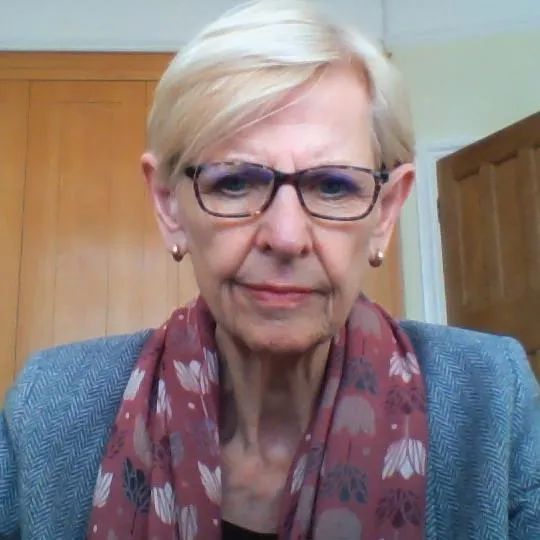Generation and evaluation of hand therapy devices for Epidermolysis Bullosa
Generation and evaluation of hand therapy devices for Epidermolysis Bullosa (GLOVE)
The GLOVE Project identified the need for three hand devices to manage hand blisters, scar tissue arising from blister healing, and an adjustable splint with a measuring mechanism. The devices are compatible when used together, to delay disease-progression hand deformities and include:
- A disposable dressing glove
- A reinforced web-spacer glove
- A prototype adjustable splint
The GLOVE Project was developed at the request of adults with Epidermolysis Bullosa (EB), who participated in the WEB (Woundcare for Epidermolysis Bullosa) project. WEB developed wound dressing retention garments (Skinnies WEB™) to replace bandages to hold dressings in place over extensive/whole body wounds. The participants and clinicians observed the WEB™ gloves aid post-operative recovery after hand surgery to release webbing and can extend the period between re-webbing and repeat surgery because they sit into the web spaces. The project followed up on these observations through meetings and teleconferences with adults with Epidermolysis Bullosa, parents of children with EB, hand therapists, a plastic surgeon, and senior consultants in Epidermolysis Bullosa and identified the need for three devices, which are compatible when used together, to delay disease-progression hand deformities; a disposable dressing glove; a reinforced web- spacer glove; and a prototype adjustable splint.
With an IT company, Longhand Data Limited (now HOST Community Interest Company), a Hand Therapy online system was developed with methods for routine measuring and charting hand deformities and patient-recorded hand therapy outcomes (TELER). The project collaborated with Cardiff University to develop a prototype adjustable splint and method of measuring finger contractures digitally, digital goniometry.
Aims
The aim was to research a disposable glove, to act as a wound dressing, a reinforced web-spacer glove, and an adjustable splint prototype with a digital goniometer. The objectives included 1) to manufacture and user test a disposable knitted dressing glove with the Skinnies WEB™ reinforced web-spacer glove, 2) determine the technical feasibility of adjustable splinting to delay contractures and digital goniometry, 3) develop a Hand Therapy Online system to chart hand deformities from birth, with patient recorded clinical outcomes and costs of hand therapy.
Methods
Qualitative interviews and focus groups. Surrogate and bench testing of materials and prototypes of a disposable dressing glove with reiterative refining with the researchers and participants with Epidermolysis bullosa.
Trials Design
A model of user engagement in medical device co-design. N-of-1 research design to evaluate the performance of the disposable dressing glove, the reinforced web-spacer glove, and cost consequences analysis.
Summary of Findings
A disposable dressing glove was co-designed with patients, carers, clinicians, clothing designers and dressing and glove manufacturers following a model of user engagement. Eight user experience themes and corresponding design cues were generated from the qualitative interview and focus group data. using thematic analysis. Bench and surrogate testing provided information about the safety and quality of the disposable dressing glove and guided iterative refinements.
Impact
Designed in partnership with clothing designers, carers, clinicians and patients, these garments reduced the difficulty of re-bandaging on a day-to-day basis, greatly improving quality of life for patients.
The project has successfully added to the Skinnies WEBTM product line of clothing designed especially for people living with Epidermolysis Bullosa, available via the NHS. Patients who do not have this condition but have extensive wounds also benefit from using these garments.
Spotlight article: Creating medical devices with the people who use them
Related projects
Our Partners

Great Ormond Street Hospital for Children

Cardiff University
University of Surrey
Principal Investigator
Investigator
Affiliations
Funding
Funding Body: National Institute for Health Research (NIHR)
Amount: £1,672,972.00
Period: July 2014 - November 2017



